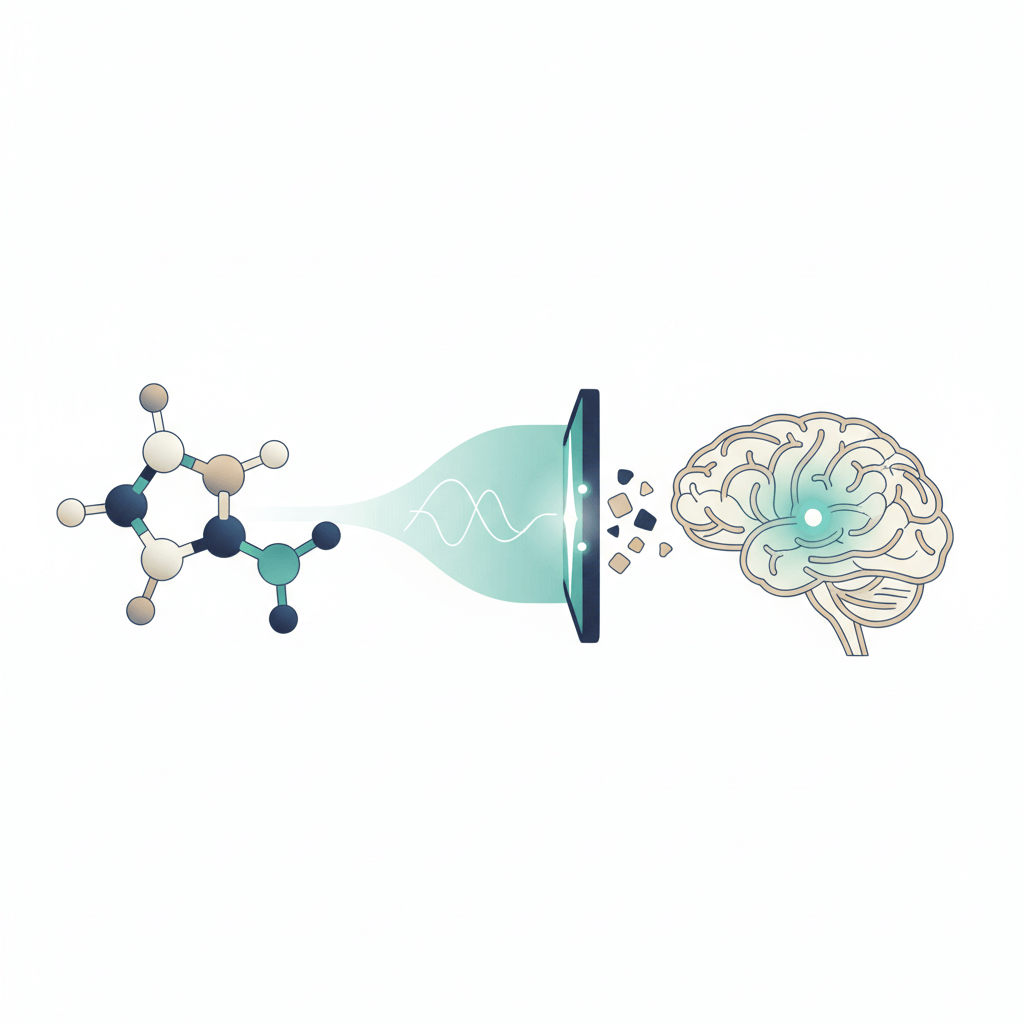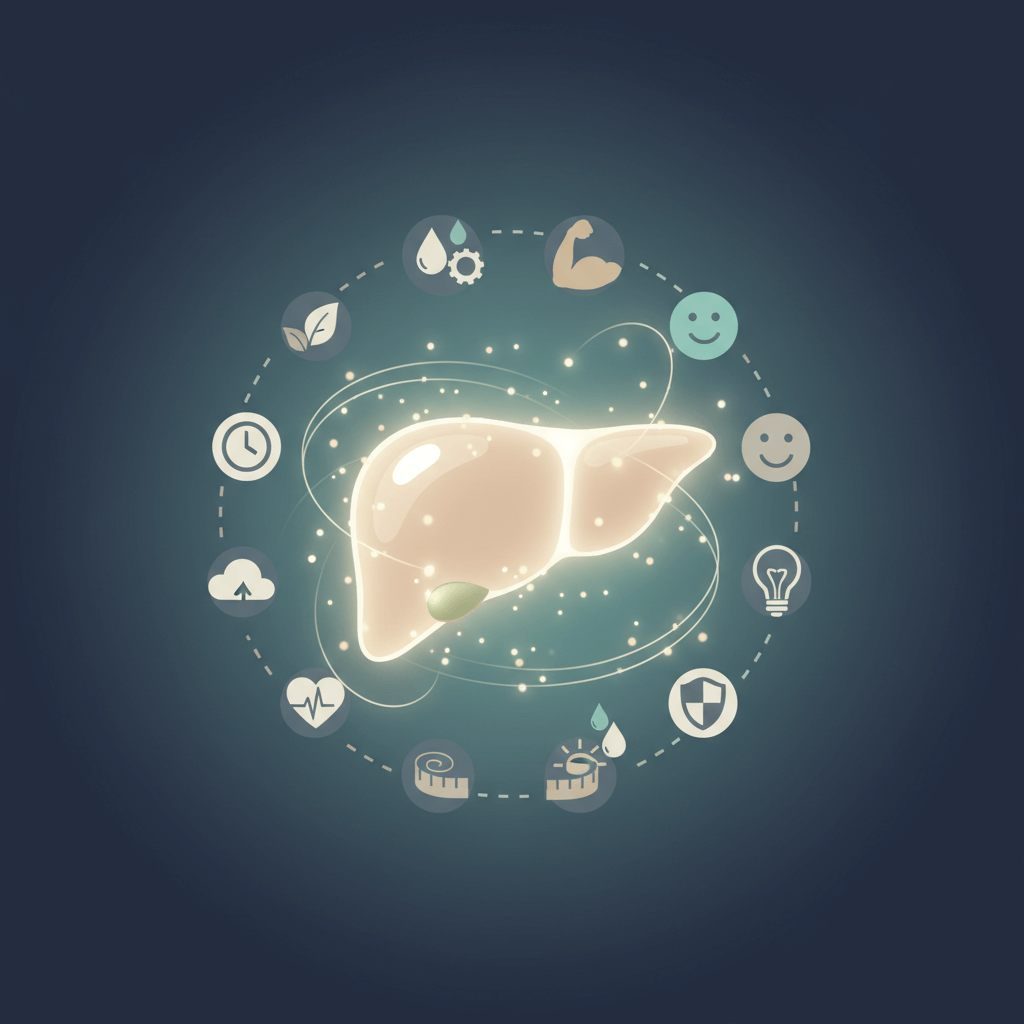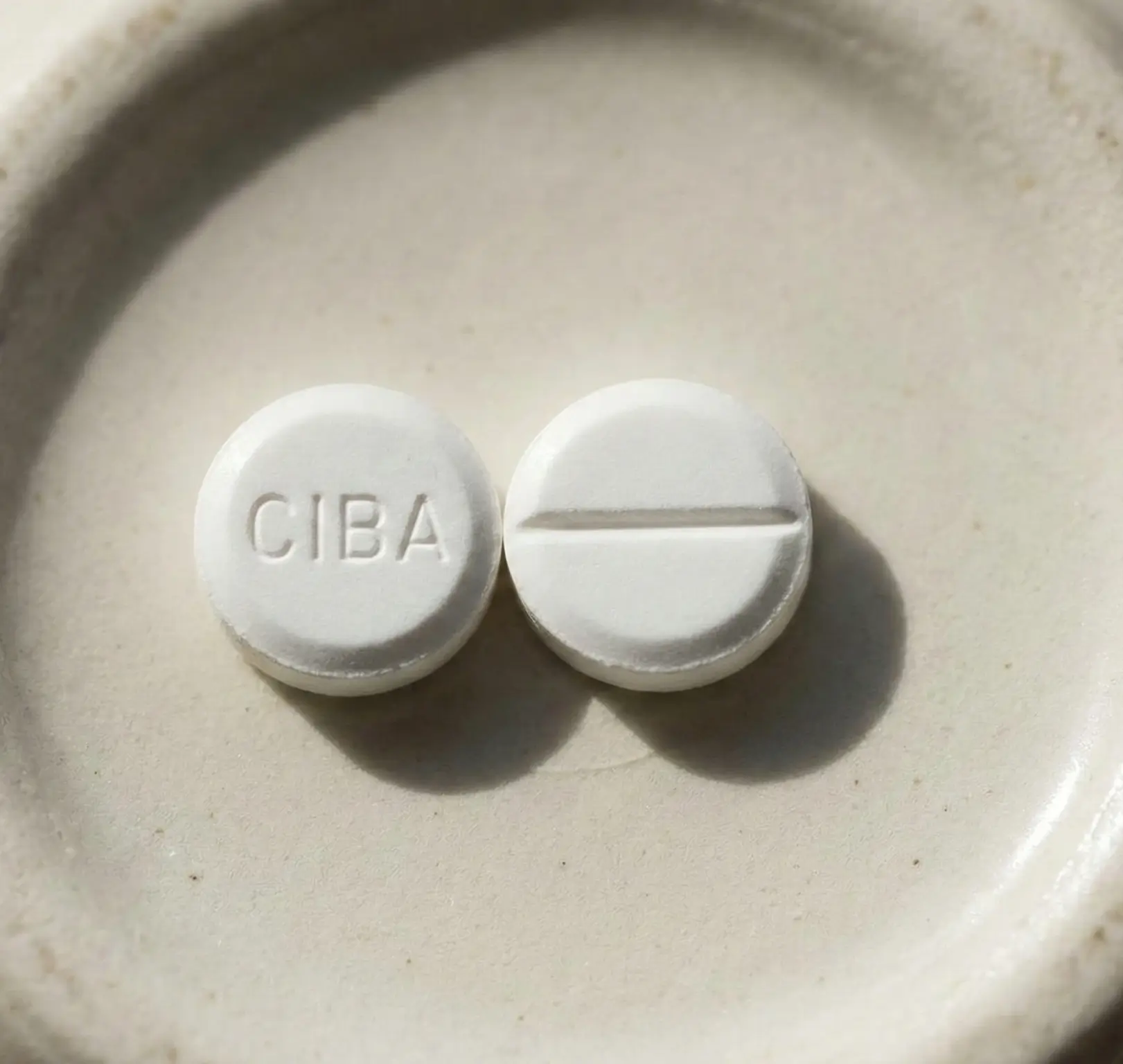Understanding Codeine Addiction
Codeine, an opioid pain reliever, is commonly used to treat mild to moderately severe pain and reduce coughing when combined with other medications. It is important to understand the potential risks and use of codeine to prevent the development of addiction and ensure safe usage.

Overview of Codeine
Codeine is classified as an opioid due to its chemical structure and pain-relieving properties. It works by binding to opioid receptors in the brain, blocking pain signals and providing pain relief [1]. Codeine is available in various forms, including tablets, syrups, and combination medications.
While codeine can be effective in managing pain, it is crucial to use it as directed by a healthcare professional. Codeine has the potential to be habit-forming, especially with prolonged use. It is essential to take codeine exactly as prescribed and avoid taking more than the recommended dosage, taking it more frequently, or using it in ways other than directed.
Codeine Use and Risks
Codeine carries certain risks, and understanding them is vital to prevent misuse and addiction. It may cause breathing problems, especially during the first 24 to 72 hours of treatment or when the dosage is increased. Symptoms such as slowed breathing, long pauses between breaths, or shortness of breath should be reported to a healthcare professional immediately [2].
It is important to note that codeine use in children can be particularly risky. Serious breathing problems, slow or difficulty breathing, and even deaths have been reported in children using codeine. As a result, codeine is generally not recommended for pain or cough treatment in children under 18 years of age.
Concurrent use of alcohol or street drugs during codeine treatment can lead to serious, life-threatening side effects. It is advised to abstain from alcohol, prescription or nonprescription medications containing alcohol, and street drugs while using codeine. Combining codeine with substances that depress the central nervous system, such as alcohol, increases the risk of respiratory depression and other dangerous complications.
Understanding the potential risks associated with codeine and following the prescribed guidelines are essential for safe usage and to minimize the risk of addiction. If you or someone you know is struggling with codeine addiction or misuse, seeking appropriate treatment options is crucial. In the next section, we will explore various treatment options for codeine addiction.
Codeine Sprite and Lean
When discussing codeine addiction, it's important to understand the specific substances that contribute to this problem. One such combination is Codeine Sprite, also known as Lean or Purple Drank. Let's explore what Codeine Sprite is and the effects it can have on individuals.
What is Codeine Sprite?
Codeine Sprite, commonly referred to as Lean or Purple Drank, is an illicit substance made by mixing codeine cough syrup with soda and hard candy. Occasionally, alcohol and the antihistamine promethazine are also added to the mixture.
The combination of codeine, a prescription opioid, with soda and sweet candy makes the mixture more appealing to younger individuals due to its sweet taste [3]. However, it's essential to recognize that Lean is an addictive substance that can have serious consequences.
Lean Addiction and Effects
Lean addiction can develop relatively quickly due to the impact opioids have on the brain's reward response system [3]. The effects of Lean are similar to those of other addictive opioids, such as oxycodone and heroin. Common effects include:
- Euphoria
- Relaxation
- Fatigue
- Irritability
- Dizziness
- Loss of coordination
It's important to note that the presence of alcohol or other drugs in Lean can increase the risk of respiratory depression, which can be life-threatening. Overdose is a significant concern when using Lean, as codeine, the main component, can slow heart rate and breathing, potentially leading to fatal consequences.
If you or someone you know is struggling with Lean addiction, it's crucial to seek professional help. Treatment options are available to address addiction and provide support on the path to recovery. Additionally, raising awareness about the dangers of Lean and promoting prevention efforts can help combat the spread of this harmful substance.
Understanding the risks associated with Codeine Sprite, Lean, or Purple Drank is essential in combating addiction and promoting healthier choices. If you or someone you know is struggling with Lean addiction, reach out to a healthcare professional or addiction helpline for guidance and support.
Codeine Consumption Patterns
Understanding the patterns of codeine consumption, particularly in the context of lean, can provide valuable insights into the prevalence and motives behind its use.
Lean Usage Statistics
Lean, also known as "purple drank," is an illicit substance made by combining codeine-containing cough syrup with soda, hard candy, and sometimes alcohol and the antihistamine promethazine. It is commonly used by teens and young adults at parties or in social settings due to its sweet taste.
According to a study published by the NCBI, the majority of participants (74.5%) used codeine as an ingredient in lean. Additionally, 31.7% of the sample added promethazine, while 13.5% combined codeine and promethazine.
Lean as Coping Mechanism
Lean consumption has been identified as a coping mechanism for individuals dealing with various mental health challenges, including post-traumatic stress disorder (PTSD) and other symptomologies. It is often used as a means to manage difficult emotions, thoughts, or feelings.
The study published by the NCBI found that individuals with anxiety, lifetime trauma exposure, and who were female had increased odds of using lean to cope with emotions, thoughts, or feelings in the past 30 days. On the other hand, those with depression and unstable housing exhibited decreased odds of using lean for coping.
Understanding the patterns of lean consumption and the reasons behind its use is essential for addressing the underlying issues that may contribute to codeine addiction. By recognizing lean as a coping mechanism, healthcare professionals and addiction specialists can develop targeted interventions and support systems to help individuals find healthier alternatives to manage their mental health.
In the next sections, we will explore the health risks associated with codeine consumption, including respiratory issues and the dangers of overdose. We will also discuss the different forms in which codeine is used, such as its medicinal use and its effects on the body's metabolism. Understanding these aspects will provide a comprehensive view of codeine addiction and the necessary steps for addressing it.
Codeine and Health Risks
Codeine, like other opioids, carries several health risks. Understanding these risks is crucial in recognizing the potential dangers associated with codeine use. Two significant health risks of codeine are respiratory issues and the potential for overdose.
Respiratory Issues
Codeine can cause serious or life-threatening breathing problems, particularly during the first 24 to 72 hours of treatment or when the dose is increased MedlinePlus. Symptoms such as slowed breathing, long pauses between breaths, or shortness of breath should be reported to a doctor immediately. It is important to note that serious and life-threatening breathing problems, as well as deaths, have been reported in children using codeine. As a result, codeine is generally not used to treat pain or a cough in children under 18 years of age MedlinePlus.
The presence of alcohol or other drugs in codeine-based concoctions, such as Codeine Sprite or lean, can increase the likelihood of respiratory depression, further raising the risk of overdose or death Addiction Center. If you or someone you know experiences any respiratory issues while using codeine or codeine-containing products, seek medical attention immediately.
Overdose and Dangers
Codeine use carries the risk of overdose, which can be life-threatening. Taking too much codeine can slow a person's heart rate and breathing, potentially leading to respiratory depression and, in severe cases, death Addiction Center. It is crucial to follow prescribed dosages and never exceed the recommended amount.
Additionally, the combination of codeine with other substances, such as alcohol or sedatives, can increase the risk of overdose. Mixing codeine with these substances can potentiate the central nervous system depressant effects, leading to dangerous respiratory depression and potentially fatal consequences.
If you suspect a codeine overdose or witness symptoms such as extreme drowsiness, shallow or difficult breathing, confusion, or unresponsiveness, seek emergency medical treatment immediately. Prompt medical intervention is essential in cases of codeine overdose to prevent severe complications or loss of life.
Understanding the health risks associated with codeine is vital for making informed decisions about its use. It is important to use codeine only as prescribed by a healthcare professional and to be aware of potential side effects and dangers. If you or someone you know is struggling with codeine addiction or misuse, seeking treatment and support is crucial. In the next section, we will explore the available treatment options for addressing codeine addiction.
Codeine in Different Forms
Codeine is a medication belonging to the opioid class and is primarily used for its analgesic properties in managing pain. It is available in various forms, including tablets and syrups, and is often combined with other medications to enhance its effectiveness.
Medicinal Use of Codeine
Codeine is commonly prescribed for the treatment of acute pain in low doses. It is frequently used in combination with other pain relievers such as paracetamol or nonsteroidal anti-inflammatory drugs (NSAIDs) like ibuprofen to provide relief for mild to moderate pain.
The combination of codeine with other medications enhances its efficacy and allows for more targeted pain management. This approach helps to minimize the dosage of each individual component, reducing the risk of potential side effects. It is important to note that codeine should only be used under the supervision and guidance of a healthcare professional.
Codeine Metabolism and Effects
Codeine is known as a prodrug, meaning it is converted into its active form (morphine) by the body's enzymes. The metabolism of codeine primarily occurs in the liver, specifically through the action of an enzyme called cytochrome P450 2D6.
Once codeine is metabolized into morphine, it binds to opioid receptors in the central nervous system, producing analgesic effects. It is important to note that individuals can vary in their ability to metabolize codeine, with some individuals being classified as ultra-rapid metabolizers. In these cases, higher concentrations of morphine can be produced, potentially leading to adverse effects.
The effects of codeine and its metabolites can include pain relief, sedation, and respiratory depression. However, it is essential to use codeine as directed by a healthcare professional to avoid misuse and minimize the risk of dependence or addiction.
Understanding the different forms and uses of codeine provides insight into its medicinal properties. It is crucial to follow the prescribed dosage and usage instructions to ensure safe and effective pain management. If you have any concerns or questions regarding codeine usage, consult with a healthcare professional who can provide personalized guidance and monitor your treatment plan accordingly.
Addressing Codeine Addiction
When it comes to addressing codeine addiction, there are various treatment options available to help individuals overcome their dependence on this opioid medication. Additionally, prevention and awareness play a crucial role in curbing the misuse of codeine and reducing the risks associated with its addiction.
Treatment Options
Treating codeine addiction typically involves a comprehensive approach that may include a combination of the following methods:
- Detoxification: This initial step involves the removal of codeine from the body. It is often conducted under medical supervision to manage withdrawal symptoms and ensure the safety of the individual. Medical professionals may use medications to alleviate withdrawal symptoms and monitor the progress of the detoxification process.
- Behavioral Therapy: Behavioral therapy is a cornerstone of addiction treatment. It aims to identify and modify unhealthy patterns of thinking and behavior associated with codeine use. Different therapeutic techniques, such as cognitive-behavioral therapy (CBT), motivational interviewing, and contingency management, may be employed to address the underlying causes of addiction and develop strategies for relapse prevention.
- Support Groups: Support groups, such as Narcotics Anonymous (NA), can provide a valuable source of support and encouragement for individuals in recovery. These groups create a safe and non-judgmental environment where individuals can share their experiences, receive guidance from peers who have gone through similar struggles, and find ongoing support throughout their journey to sobriety.
- Medication-Assisted Treatment (MAT): In some cases, medication-assisted treatment may be utilized to help manage codeine addiction. Medications such as buprenorphine or methadone can be prescribed to reduce cravings and withdrawal symptoms. These medications are typically used in combination with behavioral therapy and regular medical monitoring.
- Individualized Treatment Plans: Each individual's journey to recovery is unique, and treatment plans should be tailored to meet their specific needs. A comprehensive assessment by medical professionals and addiction specialists can help determine the most appropriate treatment options for an individual struggling with codeine addiction.
Prevention and Awareness
Prevention and awareness efforts are essential to combat codeine addiction and promote overall public health. Some key strategies include:
- Education: Educating individuals about the risks and potential dangers of codeine use and misuse is crucial. Providing accurate information about the addictive nature of codeine and its potential for respiratory problems and overdose, especially during the first 24 to 72 hours of treatment, can help individuals make informed decisions and take necessary precautions [2].
- Regulations and Guidelines: Implementing and enforcing regulations and guidelines regarding the appropriate use and prescribing of codeine can help prevent its misuse and reduce the availability of the drug for non-medical purposes.
- Public Awareness Campaigns: Public awareness campaigns can help disseminate information about the risks of codeine addiction, promote responsible use of medications, and encourage individuals to seek help if they are struggling with addiction.
- Access to Treatment: Ensuring that those in need have access to comprehensive addiction treatment services, including detoxification, therapy, and support groups, is critical. This includes addressing barriers such as stigma, affordability, and availability of treatment options.
By offering effective treatment options and promoting prevention and awareness initiatives, we can strive to address codeine addiction and support individuals on their path to recovery. It's important for individuals struggling with codeine addiction to seek professional help and support from healthcare providers and addiction specialists to ensure the best possible outcomes.
References
[1]: https://www.fda.gov/drugs
[3]: https://www.addictioncenter.com













